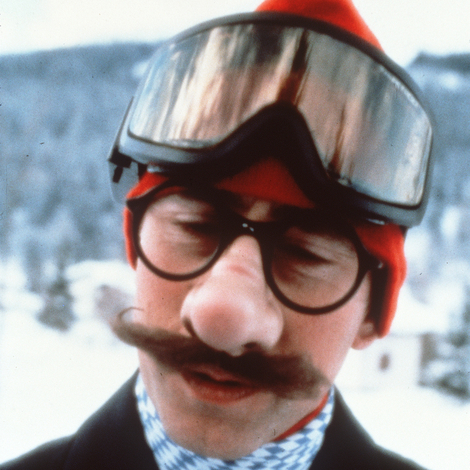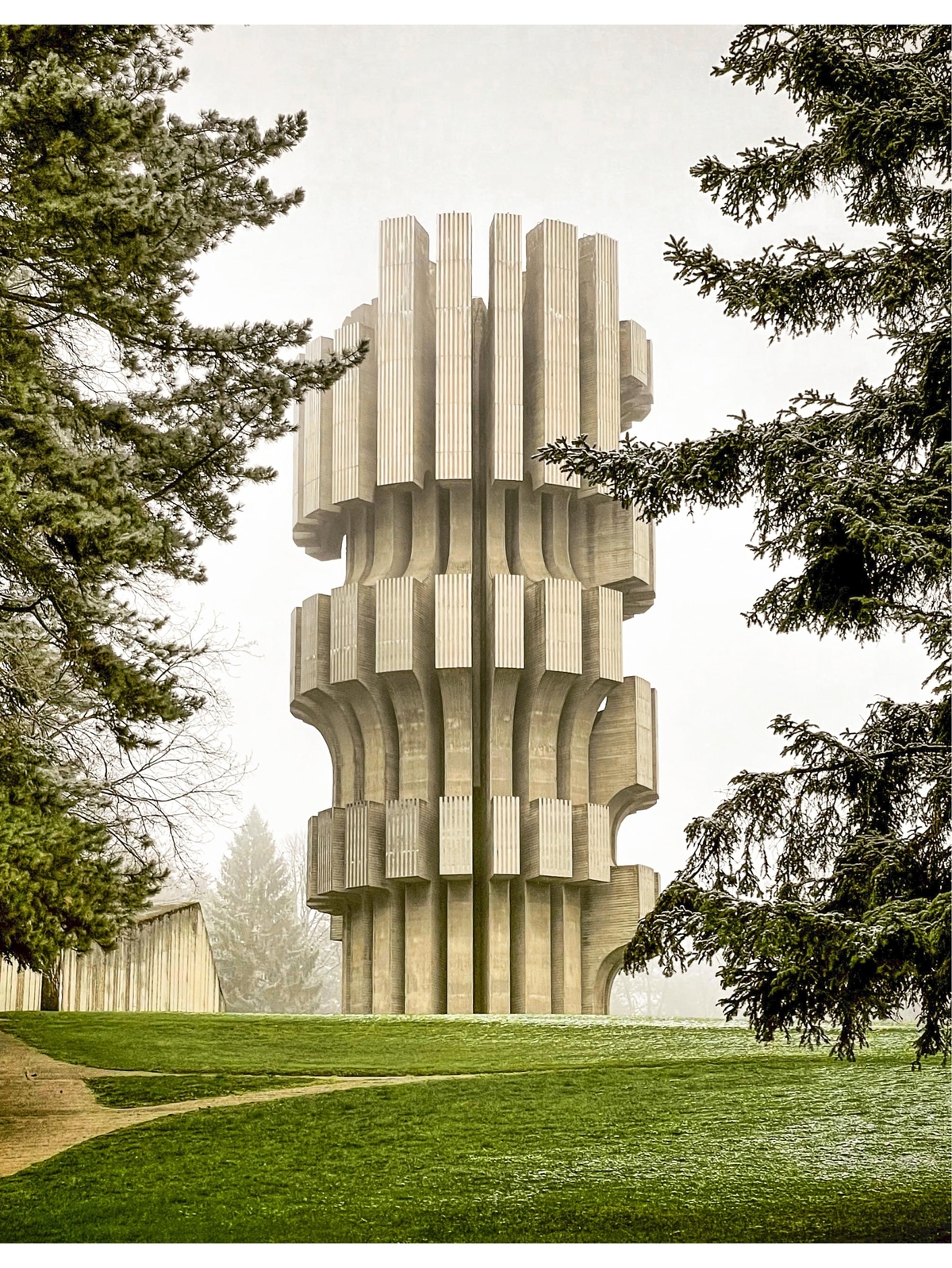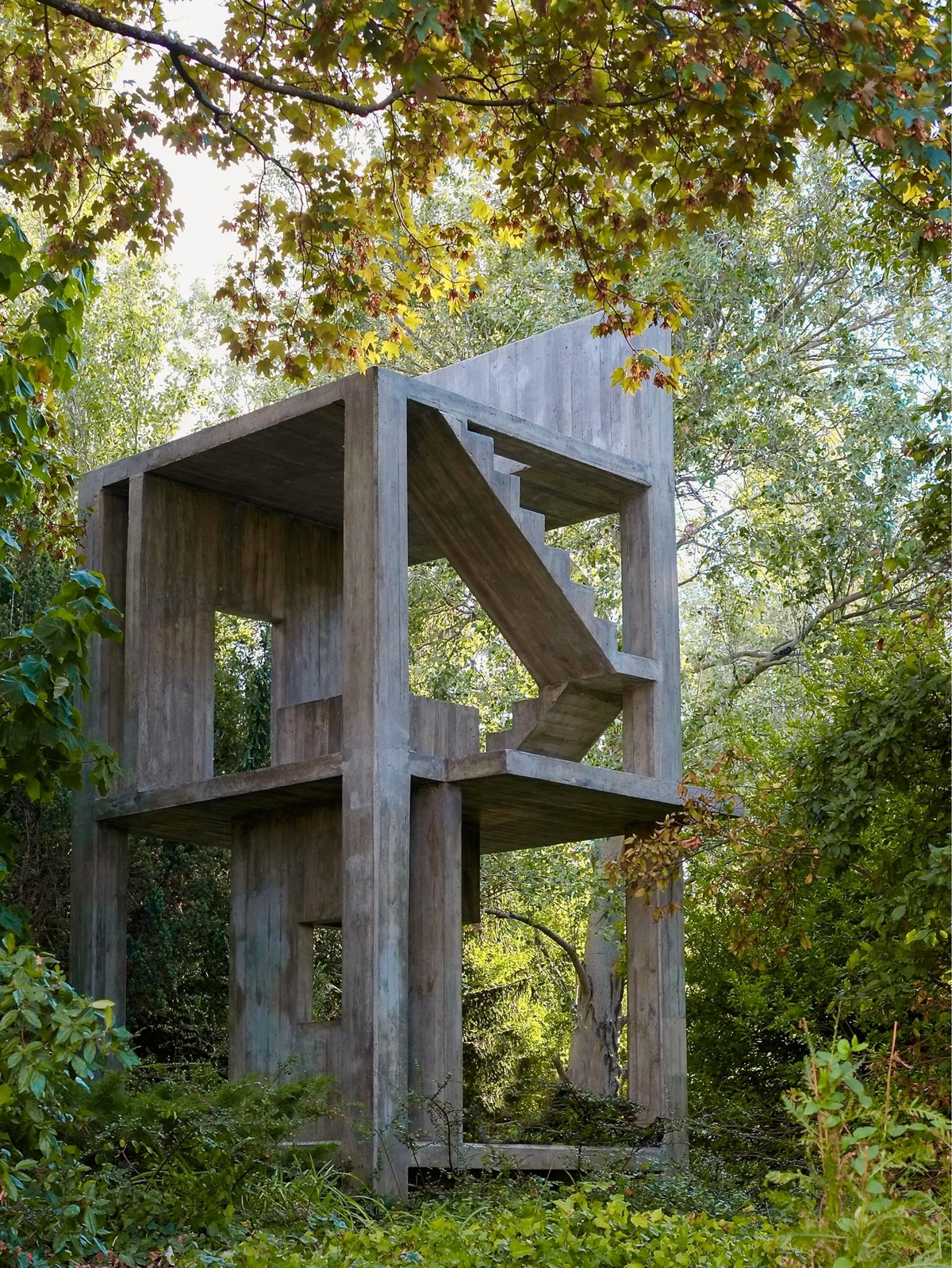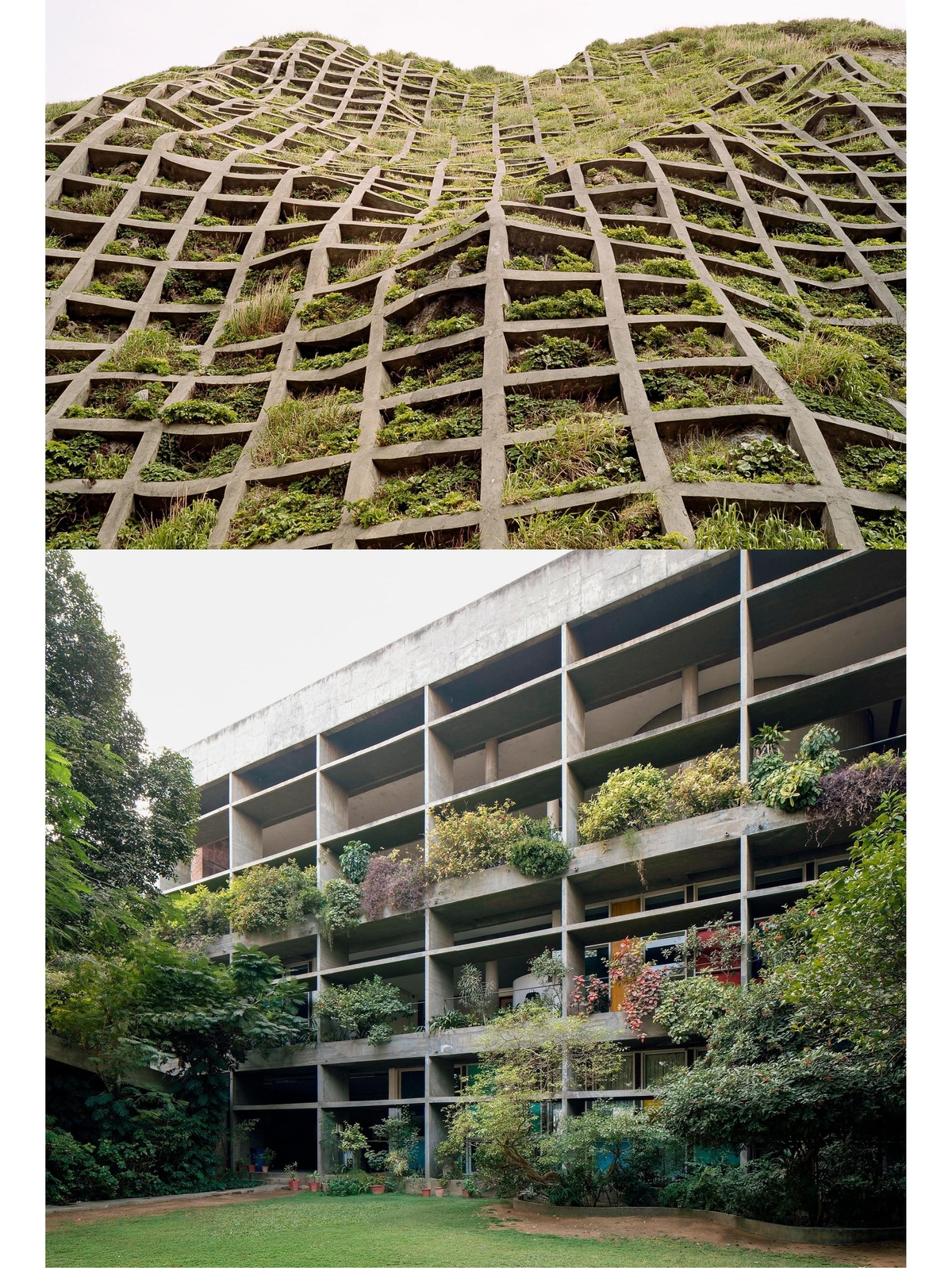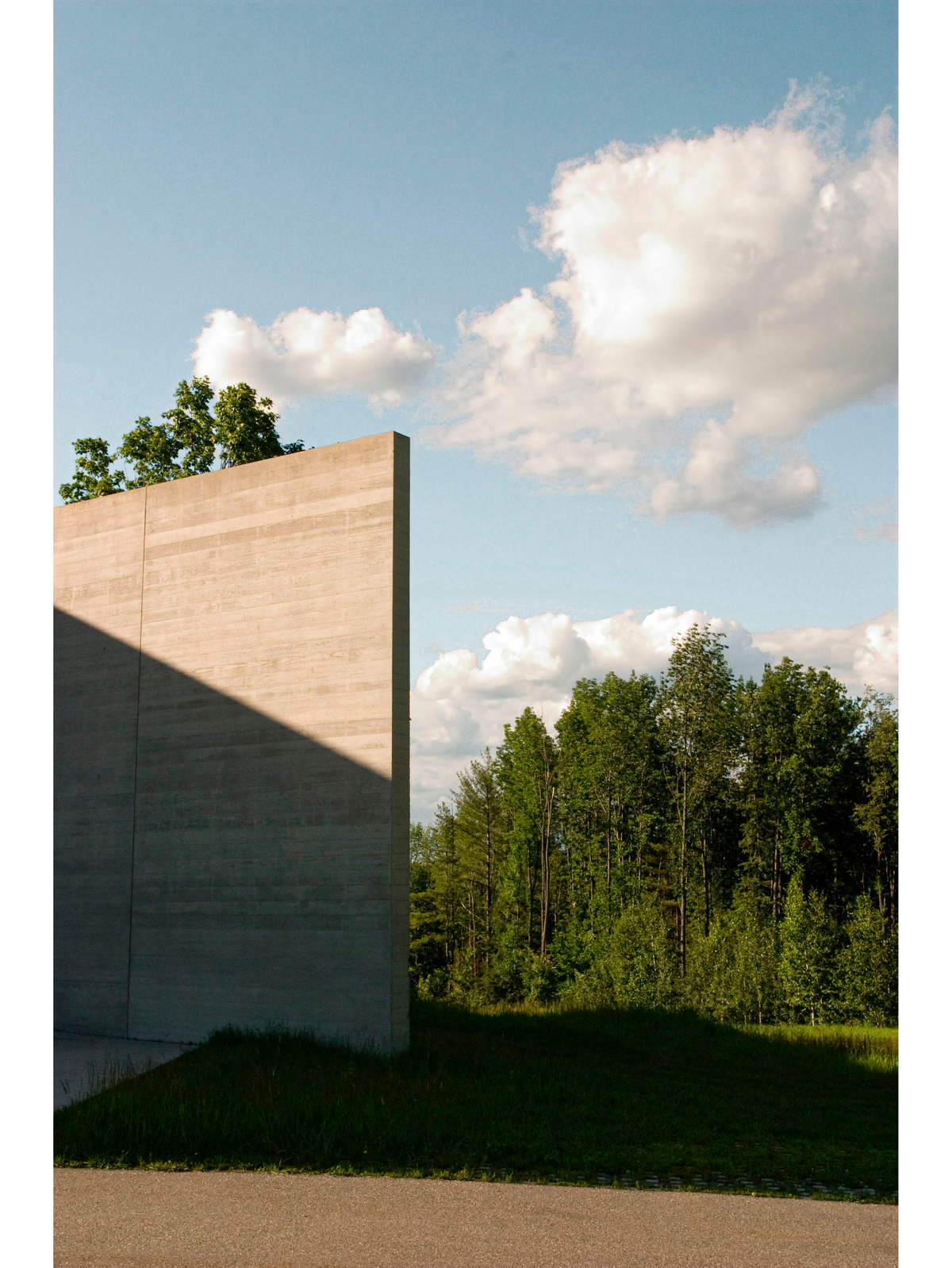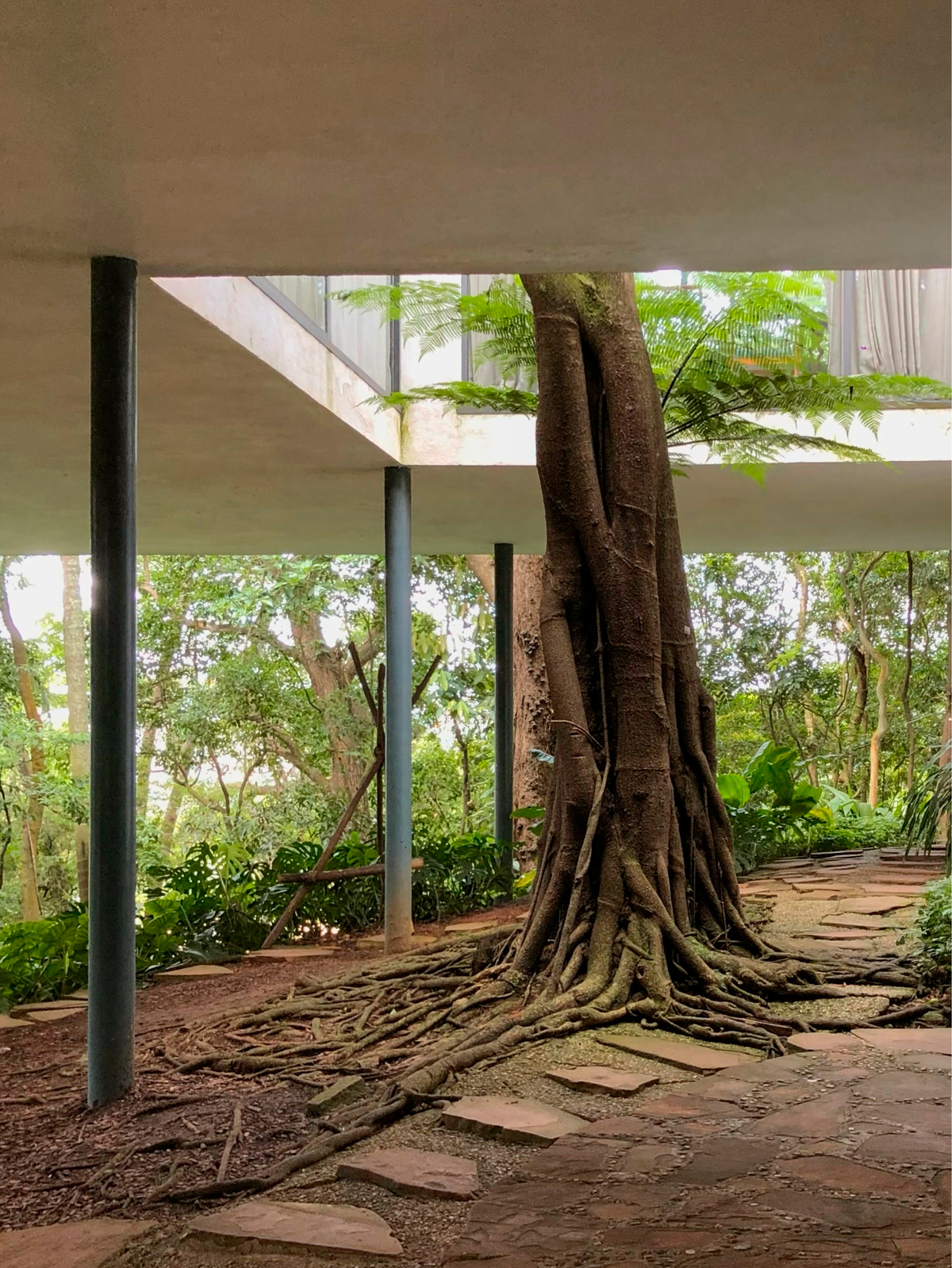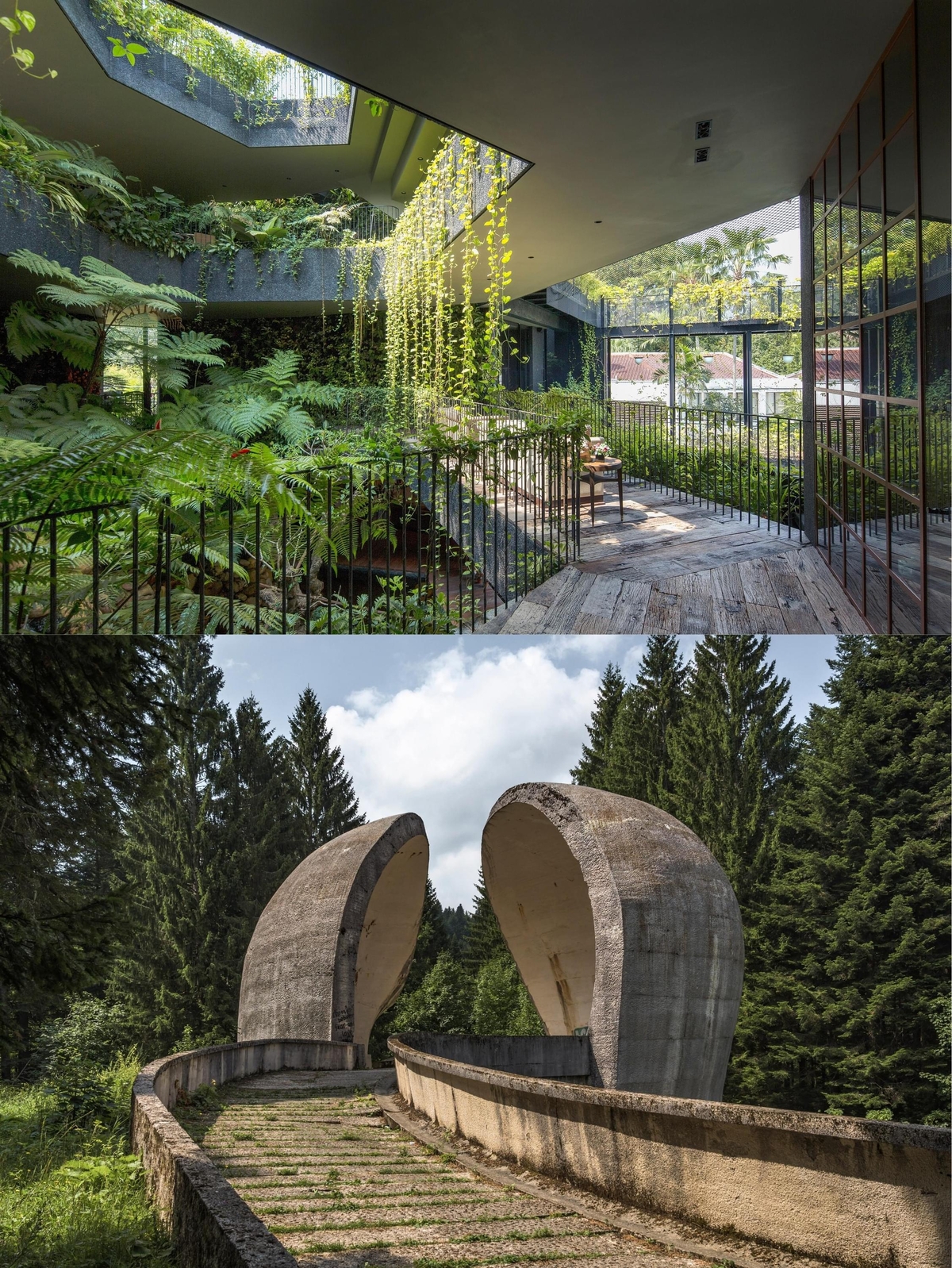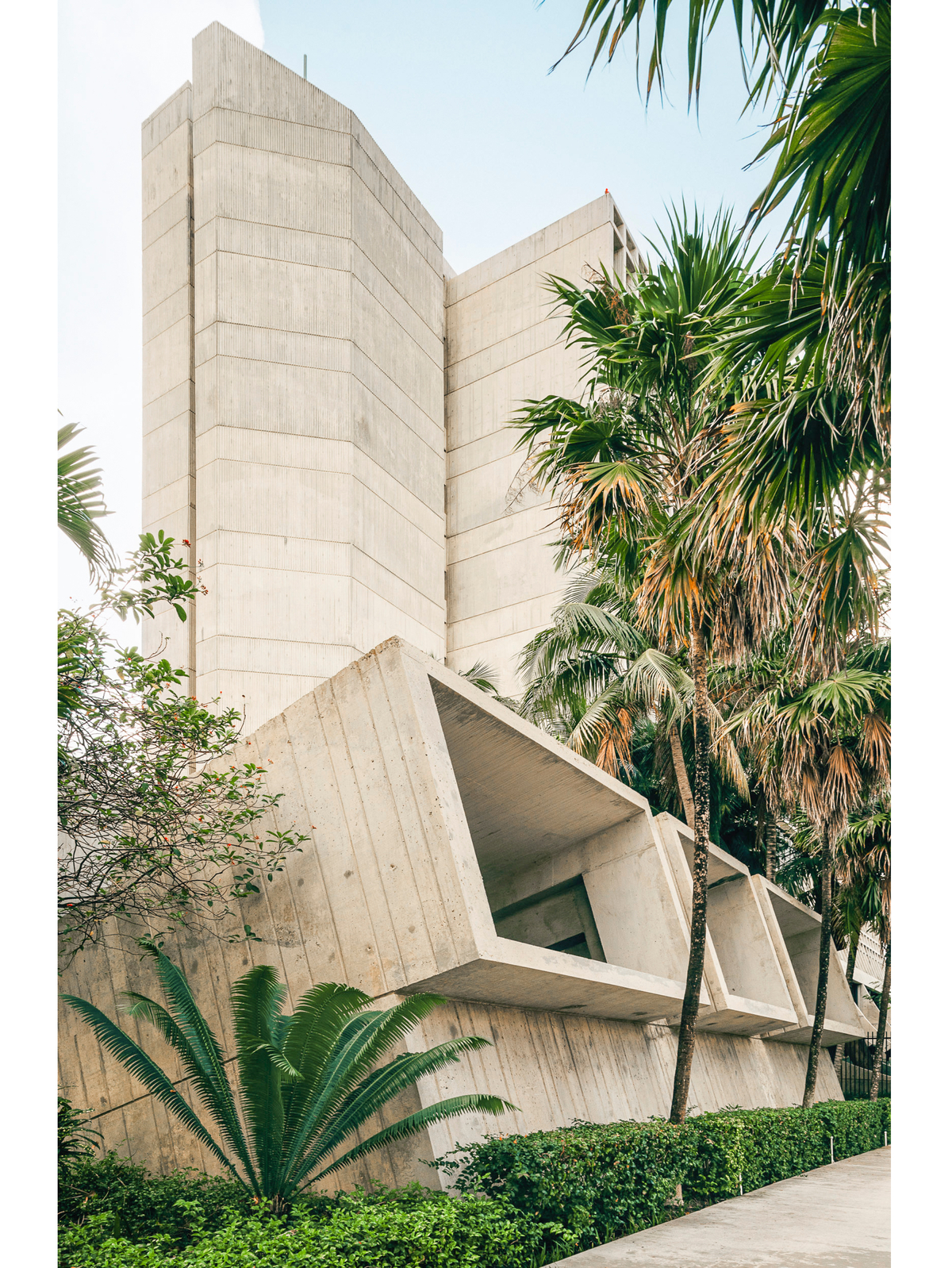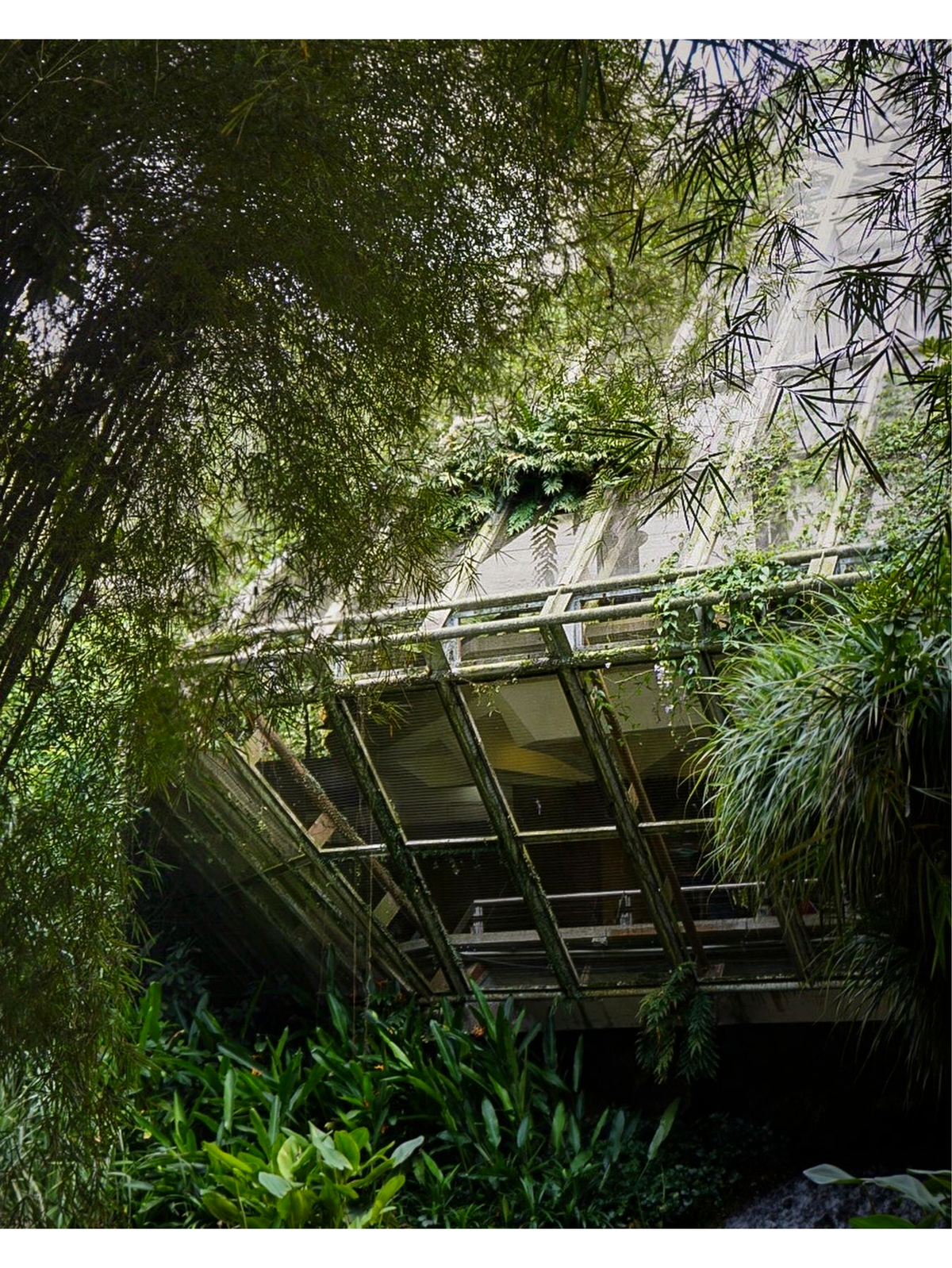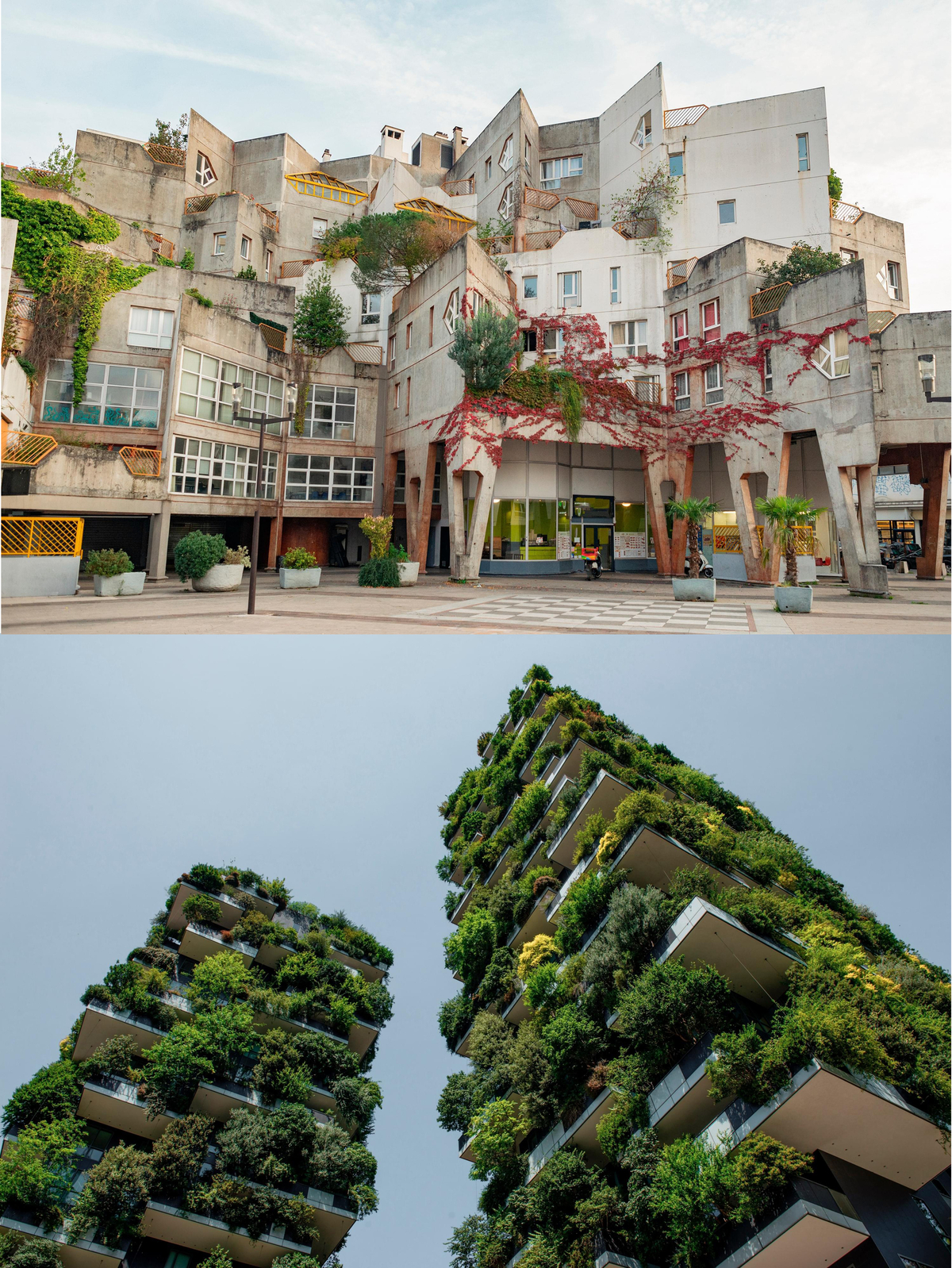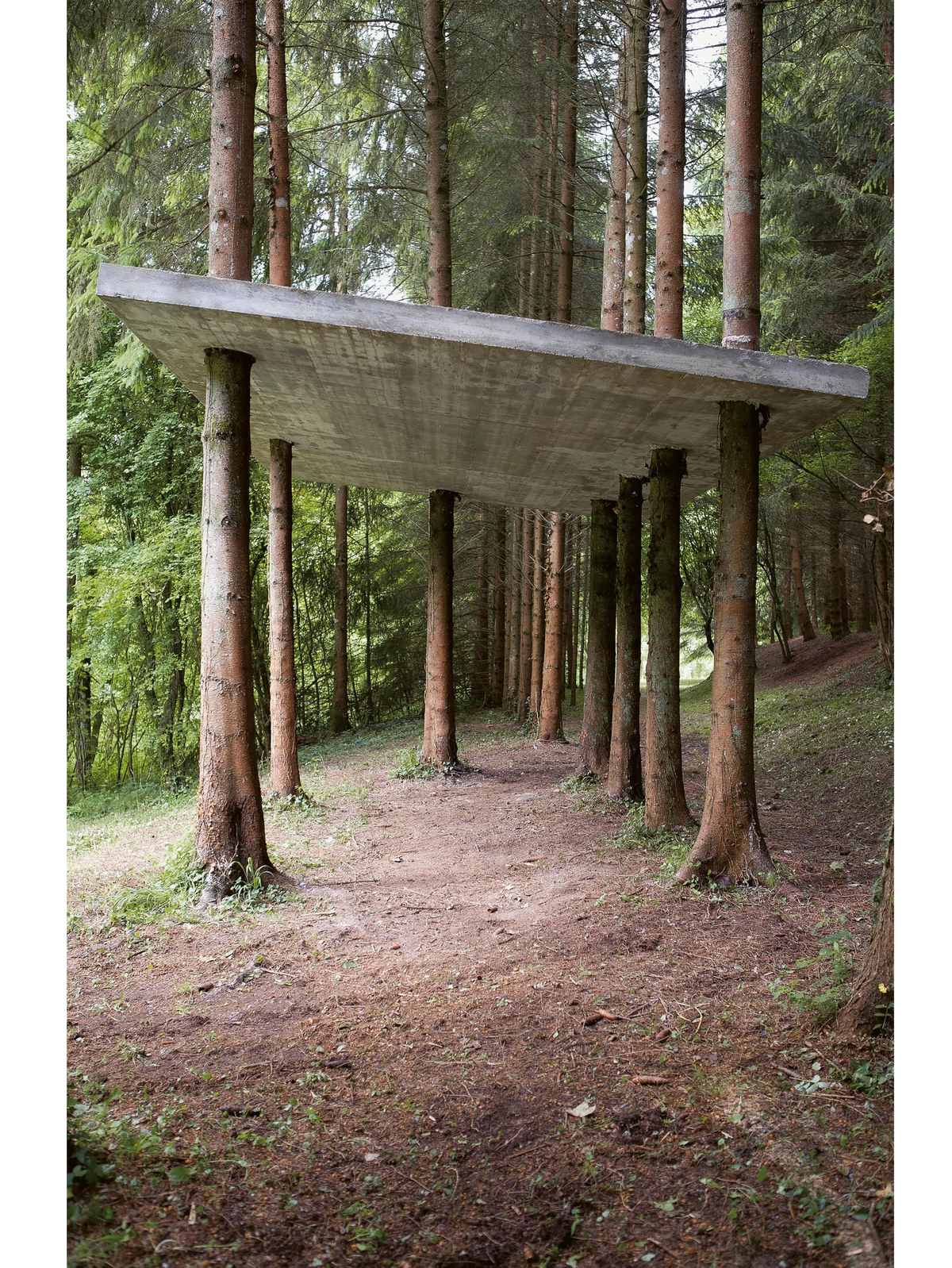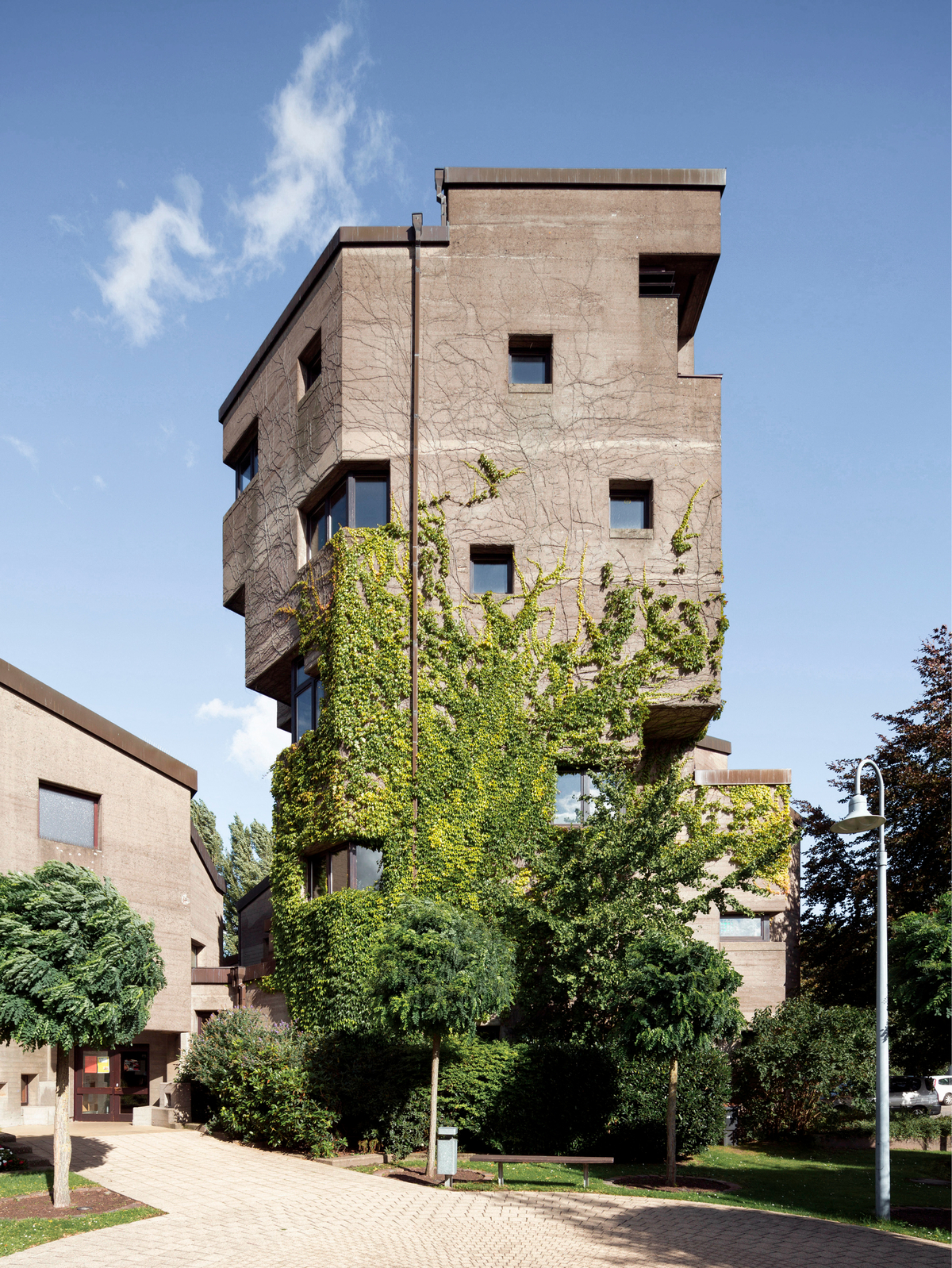When Marcel Breuer died, in 1981, Newsweek proclaimed him “the Last Modernist.” Emerging 15 years after pioneers of modernism such as Frank Lloyd Wright and Le Corbusier, the architect had always been stuck between two movements. Breuer rejected the first generation’s rigid focus on glass façades, while also distancing himself from the monolithic designs favored by his contemporaries Alvar Aalto and Richard Neutra. Navigating his career in this middle ground extended into his design philosophy, which was deeply rooted in contrasts. “A concept is unthinkable without its opposite,” wrote his friend the Swiss-German artist Paul Klee in 1961. “There is no such thing as a concept in itself.”
Born in Pecs, Hungary, in 1902, Breuer left home at 18 to study at Vienna’s Academy of Fine Arts. Having always dreamed of becoming an artist, he was immediately disillusioned by the academy’s emphasis on theory over the physical creation of art. He left school on his first day and never returned, choosing instead to work for a local cabinetmaker.

For two unhappy months, Breuer found little direction. When a friend and fellow architecture student, Fred Forbàt, handed him a brochure from the Weimar Bauhaus emblazoned with the words “Return of the Craftsman,” Breuer packed his bags and headed to Germany. The Bauhaus, just a year old, was founded upon a principle: to re-unite art and craft.
By 1925, Breuer was running the school’s carpentry workshop. That same year, he created the first version of his renowned Model B3 chair, in tubular steel and fabric, later renamed “Wassily,” after his friend the artist Wassily Kandinsky. From there, he expanded his design practice, blending beauty and utility in furniture and interior design.

Over the next two decades, Breuer delved into public works, finding his strength in concrete—one of the materials that would come to characterize brutalism. Derived from the French béton brut (raw concrete), the term was coined by Le Corbusier. Breuer, however, distinguished himself from Le Corbusier by using reinforced concrete to shape both building structures and interior spaces. The newly reissued monograph Breuer, written by the architect Robert McCarter, presents an in-depth history and analysis of more than 100 architectural projects and 24 furniture designs, many in production today.
Also out now is Olivia Broome’s Brutalist Plants, which focuses on the legacy of brutalism rather than its origins. The book highlights the power of contrast—only this time, the clash is not between architectural styles but between the built environment and nature. Though British, Broome grew up in Switzerland amid brutalist buildings by the post–Le Corbusier architects. She developed an interest in these stoic structures and in 2018 began an Instagram account that showed how a single shrub, a green roof, or a row of trees breathes life into rigid concrete settings. She has now compiled these images into a collection of 156 photographs taken by international artists from around the world. “Everything is temporary,” writes Broome. “Make the most of all your palaces.”
Both of these books speak to the enduring allure of brutalism—a movement that has shaped the architectural landscape of the postwar era. And they’re not alone. This coming January sees the release of The Brutalist, a film centered on the fictional architect László Tóth (played by Adrien Brody), who escapes postwar Europe and starts anew in America, reconstructing both his life and the face of the future. —Jeanne Malle
Jeanne Malle is an Associate Editor at AIR MAIL
